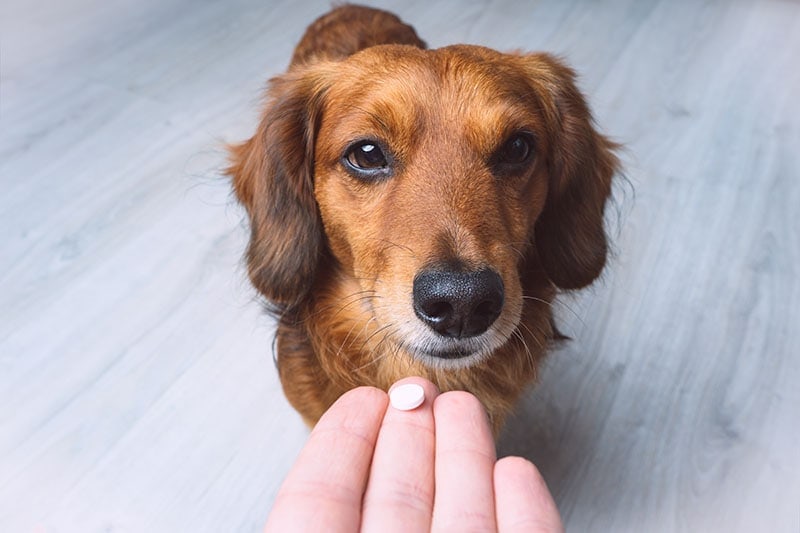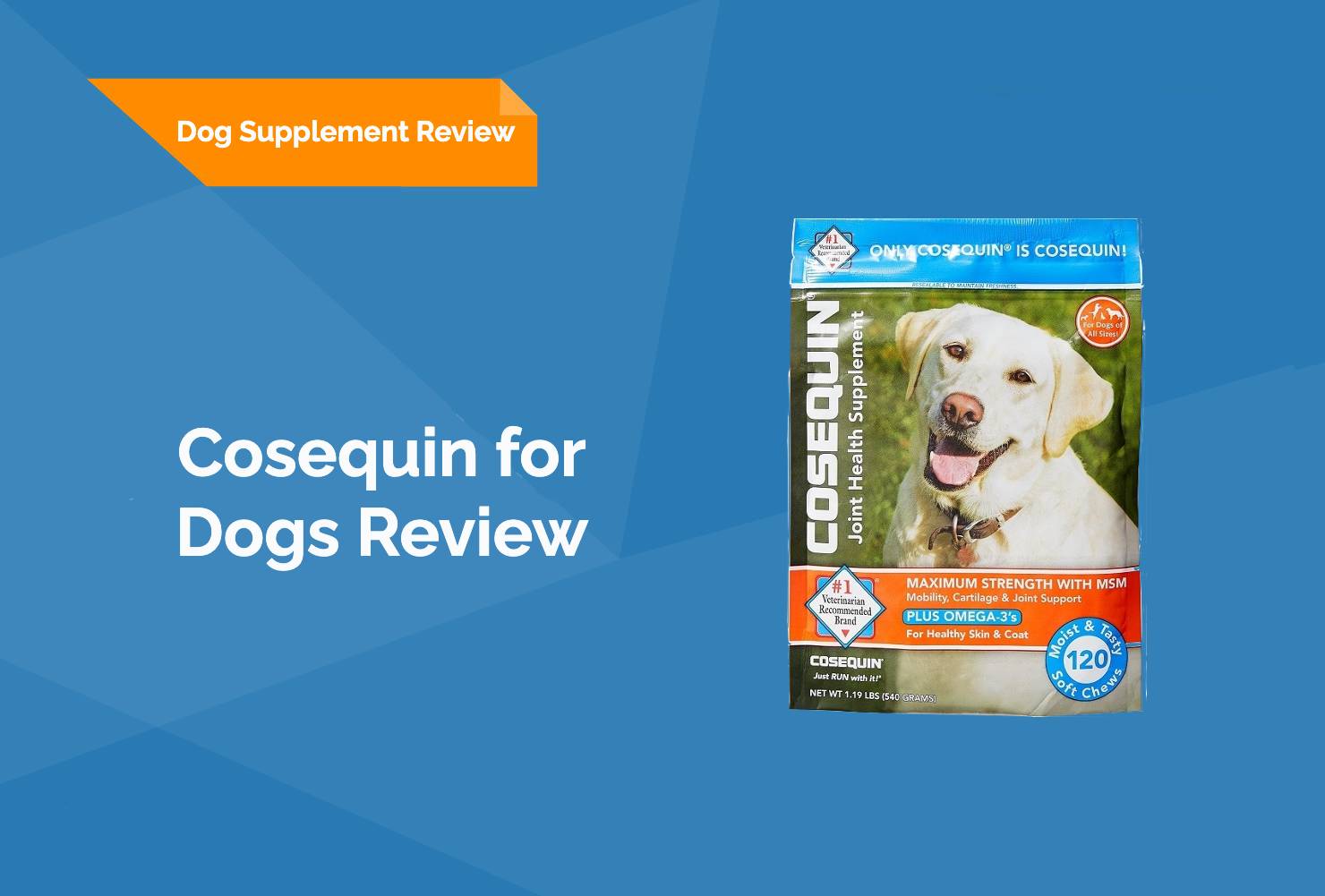How To Comfort A Dog With Pancreatitis: 4 Care Tips (Vet Answer)
By Dr. Sharon Butzke, DVM (Vet)
Updated on

Pancreatitis is inflammation of the pancreas, a small organ located near the stomach that helps with digestion and produces important hormones (e.g., insulin).1 Pancreatitis in dogs may occur suddenly (acute) or as repeated flare-ups over time (chronic). Symptoms can range from mild gastrointestinal upset to life-threatening disease.
It is important to note that many dogs with pancreatitis require hospitalization because intravenous (IV) fluid therapy is one of the most important ways veterinarians treat pancreatitis. It is used to maintain hydration and electrolyte balance, as well as administer medications to reduce nausea and alleviate pain.
The suggestions listed below should only be considered for dogs who have been diagnosed with pancreatitis by a veterinarian and deemed stable enough to recover at home.
Top 4 Ways to Comfort a Dog with Pancreatitis:
1. Offer small, frequent meals of a low-fat, easily digestible diet
Veterinarians historically recommended withholding food and water from dogs with pancreatitis until they were no longer vomiting (sometimes for extended periods of time) The goal of this approach was to “rest” the pancreas. However, we now recognize the important role of nutrition in healing and recovery. New evidence suggests that dogs with pancreatitis who are able to resume eating earlier have better outcomes.
When your dog is ready to start eating again, offer small meals 3 or 4 times daily. The type of food is extremely important! Your veterinarian will recommend a diet that is low in fat and easy to digest. If your pup starts vomiting again at any point, let your veterinarian know right away.
Dogs who have been diagnosed with pancreatitis often benefit from remaining on a low-fat diet for life, to help reduce the risk of recurrence.
2. Anti-nausea medication (as directed by your veterinarian)
Inflammation from the pancreas also affects the surrounding organs, which often results in nausea.
- Excessive drooling, licking lips
- Gagging, retching, and/or vomiting
- Turning head away from food
- Panting, restlessness
Prescription anti-nausea medications (e.g., maropitant citrate) are highly effective and go a long way toward improving your pup’s comfort. They will also help support a return of appetite, which is important for recovery.

3. Pain medication (if recommended by your veterinarian)
Pancreatitis is known to be a painful condition. A variety of medications can be used, depending on whether your dog is mildly uncomfortable or very painful. Signs of abdominal pain in dogs include:
- Restlessness
- Tense (hard) belly
- Stretching (downward dog position) or standing with a “hunched” posture
- Breathing quickly or panting
- Drooling, gagging/retching, refusing to eat
- Gastrointestinal upset (vomiting, diarrhea)
Even if your dog is not showing obvious signs of discomfort with pancreatitis, many veterinarians recommend giving the benefit of the doubt and providing pain relief. Pain management is more effective when approached proactively rather than allowing pain to get out of hand. A multimodal approach (using multiple medications with different modes of action) is also beneficial.
It is very important that you only give your dog pain medication as instructed by your veterinarian!
4. General supportive care
Avoid strenuous exercise. Short leash walks should be fine, but your dog needs rest to recover. They probably won’t be interested in playing until they are feeling better.
Some dogs may appreciate extra snuggles and affection when they aren’t feeling well, while others prefer to be left alone. You know your dog best. However, dogs sometimes act differently when they are sick or in pain. It is helpful to pay attention to any changes in their body language or behavior, which offers clues about their comfort level (e.g., whether they might need more pain medication).

Conclusion
Pancreatitis requires medical treatment. Once a dog with pancreatitis has been stabilized, they can often complete their recovery at home, but this is not a condition that pet parents should attempt to manage on their own. Doing so could lead to extreme discomfort for an affected dog and result in serious health consequences.
See Also:
Featured Image Credit: Rasulov, Shutterstock














